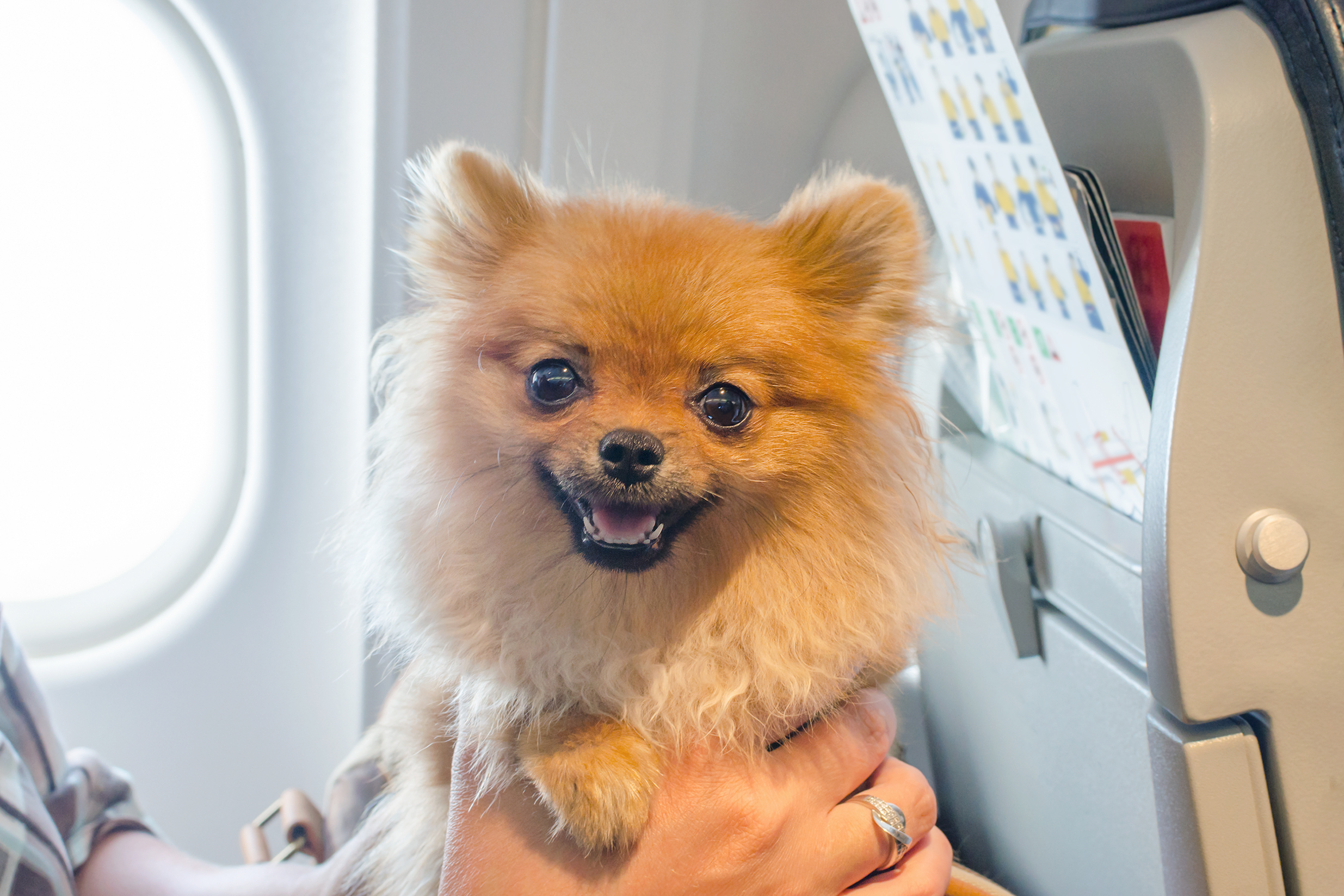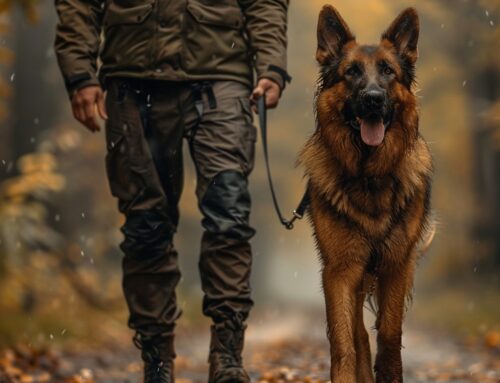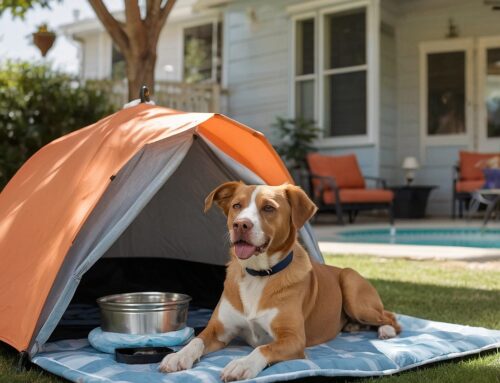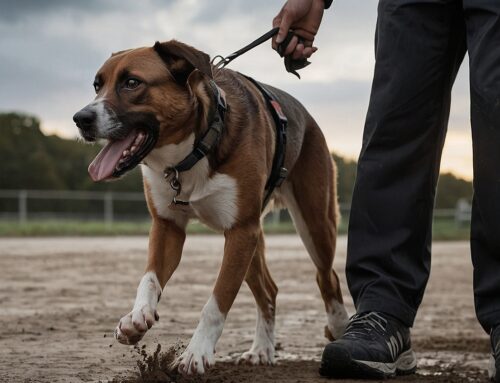For a great deal of the 2010s, air travelers became used to the idea of traveling with their pets in the main cabin of an airplane. Under the category of being “emotional support animals” (ESAs) — animals that provided psychological comfort and/or well-being to an owner — dogs and cats and other animals were newly permitted to travel in close proximity to their owners (as opposed to being in airplanes’ cargo holds) as long as owners could show valid paperwork that these animals indeed qualified as ESAs. The decision was made by the U.S. Department of Transportation (DOT) who initiated these rules that were put in place after court rulings on the Air Carrier Access Act of 1986, which stated that airlines could not discriminate against passengers with disabilities.
Abuse Ran Rampant
The necessary paperwork to allow one’s cat, dog or other animal to travel with them as an ESA was easy to obtain online, and perhaps predictably, many more people started to use the ESA allowance to their advantage. Certain previously unheard-of breeds of dogs began to travel, and some caused incidents on flights that involved other passengers or flight crews. Noticing that the rules did not limit the definition of ESAs to strictly dogs or cats, some passengers began traveling with all kinds of other animals, from pigs to turkeys to peacocks to miniature horses (yes, believe it or not). Clearly, what was intended to be a special allowance was now being abused; in 2016, there were approximately 481,000 ESAs taken aboard airline flights, while in 2017, the number rose to 751,000 — a staggering 56% increase. More animals which were not true ESAs meant more problems, and when the number increased again in 2018, airline industry trade groups began pressuring the DOT for another rules change.
Changing the Rules
In March 2021, the DOT established that going forward, it would be up to each airline whether it wanted to accept ESAs on its flights or not. Very quickly, most American airlines — including United, JetBlue, American, Frontier, Alaska and Southwest — stated they would no longer allow ESAs in their main airplane cabins. The instances of exotic or aggressive animals certainly were a driving force and one of the main reasons for airlines to ask for rule changes.
Some Airlines Still Allow ESAs
For dog owners, however, all is not lost; for one thing, ESAs are still allowed on some international airlines, particularly on flights to and from the U.S. These airlines include Air France, Asiana, KLM, Lufthansa, China Airlines and Singapore Air (certain restrictions still apply, so it’s worth checking with each of these carriers to find out what their specific rules are. In many cases, even if an airline allows an ESA, a destination country may not, so checking ahead of time with foreign countries’ consulates or traveler services can help). In the U.S., the following airlines still permit ESAs in their main cabins for domestic flights or those traveling to or from Canada or Mexico: Latam, Volaris and Westjet.
Even if you’re unable to fly with your dog classified as an ESA, it’s still possible to pay a fee to have it accompany you in the main cabin on most domestic carriers’ flights, as long as your dog weighs under 20 pounds.
If your dog doesn’t fit within any of the above constraints, you should know that dogs that are service animals are still allowed by federal law to fly with their owners for free (sitting at their owner’s feet for the duration of a flight) in main airplane cabins.
Service Animals
The definition of a service animal is one that’s been trained to perform at least two specific tasks that help an owner with a physical, sensory, psychiatric, intellectual or other mental disability. Psychiatric or mental disabilities include depression, anxiety, panic attacks, bipolar disorders, post-traumatic stress disorder and agoraphobia.
But know that all service animals are expected to be extremely well-behaved and not cause any problems or disturbances on flights. Note also that airlines can still deny transport to a service dog for being too large or heavy; posing a threat to the safety, health or comfort of others; causing disruptions on an aircraft or in an airline terminal; or violating local, domestic or international health codes.
Airlines are trained to look for harnesses, vests, leashes and tethers for service dogs and will observe service dogs’ conduct before allowing them to board an aircraft. Behaviors such as barking, snarling, running around, jumping on other passengers, etc. are considered unacceptable, either at an airport terminal or onboard an aircraft.
DOT Forms and Recommendations
Airlines may also require completed DOT paperwork for service dogs. This paperwork includes a form attesting to a dog’s behavior, training, health and testing, as well as a form attesting to a dog’s ability (or inability) to relieve itself in a sanitary manner on flights that are eight or more hours in duration. If a service dog does need to relieve itself, proper etiquette is for the owner or assisted person to ask at the airline terminal (prior to a flight) the location of proper facilities for this.
For service and other dogs, the DOT requests that they stay under the seat that’s in front of their owner or assisted person for the duration of a flight. In cases where a dog can fit in a person’s lap, this may be permitted if it can be done so safely. No service dog is allowed to obstruct a space — such as an aisle or an emergency exit — that must be kept clear for safety reasons. Airlines are not required to provide any service upgrades to accommodate service dogs or their owners or assisted persons.
Note also that, while service animals are mandated by law to be allowed in many hotels, ESAs do not have such protections which is defined as public access. Many hotels these days have pet-friendly rooms, but often, there’s an extra charge and/or pet deposit required to reserve these.








